Free letter of intent template
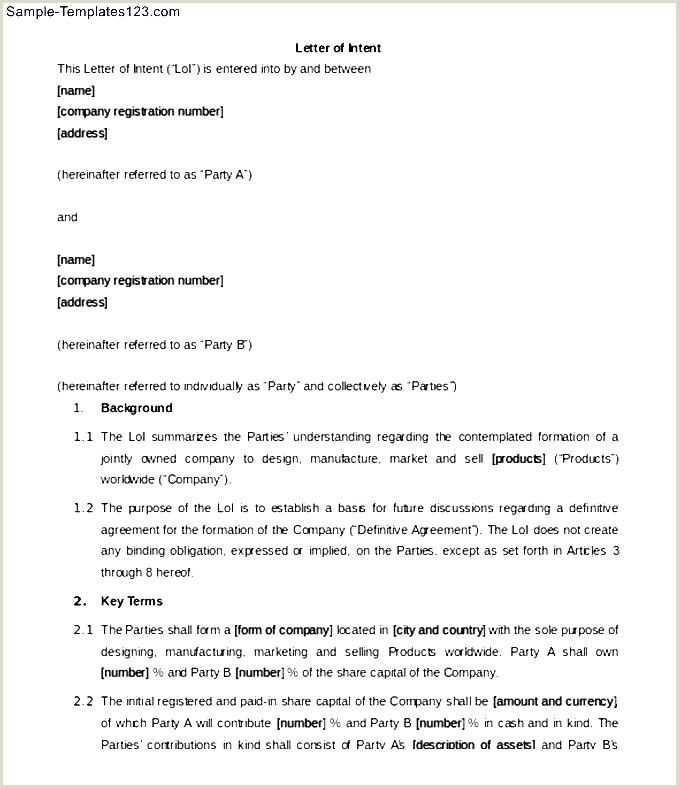
Key Elements of a Letter of Intent
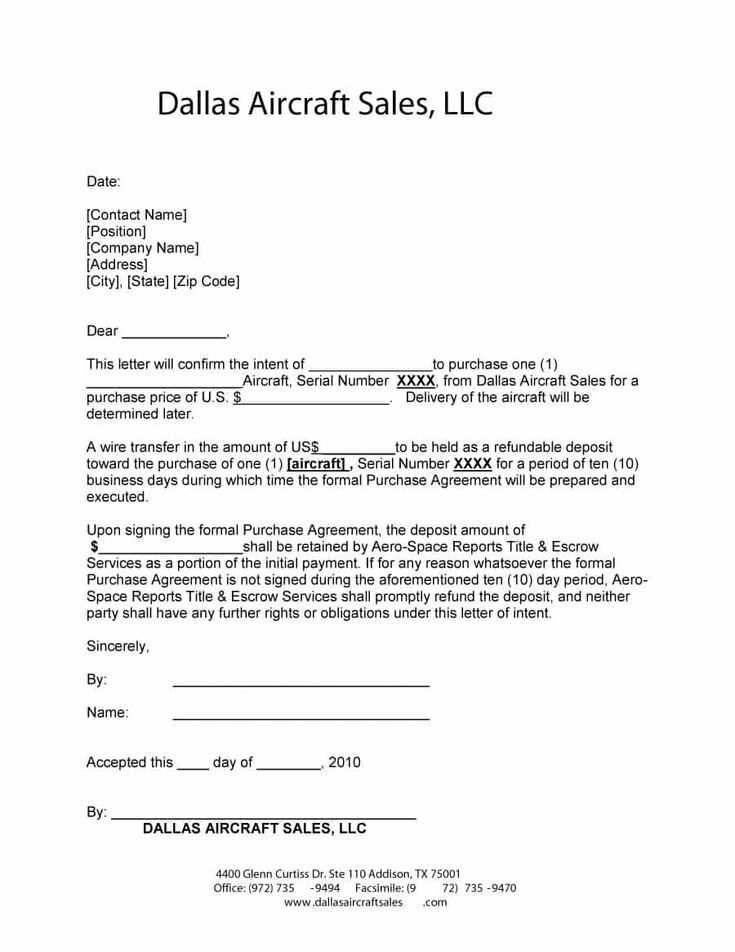
A letter of intent (LOI) serves as a preliminary agreement that outlines the intentions of both parties involved in a potential business deal or collaboration. When drafting an LOI, ensure that it includes the following components:
- Introduction: Begin with a clear statement of purpose, identifying the parties involved and the objective of the LOI.
- Terms and Conditions: Outline the main terms of the deal, such as timelines, financial commitments, and any special conditions.
- Confidentiality Clause: If necessary, include a section on confidentiality to protect sensitive information.
- Non-binding Clause: Clarify that the letter is not legally binding unless both parties agree to formal contracts later.
- Signatures: Include spaces for both parties to sign, acknowledging their understanding and agreement to the terms outlined in the LOI.
Template for a Letter of Intent
Below is a simple template you can use to craft your own letter of intent. Be sure to customize it according to your specific situation:
[Your Name]
[Your Address]
[City, State, Zip Code]
[Email Address]
[Phone Number]
[Date]
[Recipient's Name]
[Recipient's Title]
[Recipient's Company Name]
[Recipient's Address]
[City, State, Zip Code]
Dear [Recipient's Name],
This letter serves as a letter of intent ("LOI") outlining our mutual interest in [brief description of purpose, e.g., exploring a business partnership]. We believe this partnership will be beneficial to both parties involved and are excited to begin discussions.
Below are the proposed terms and conditions for this collaboration:
1. [Term 1: Describe the key term of the agreement, such as payment terms or specific duties.]
2. [Term 2: Specify any conditions that must be met for the agreement to move forward.]
3. [Additional terms, if applicable.]
Please note that this letter is non-binding and does not constitute a legally enforceable agreement. The parties agree to proceed with further negotiations and formal contracts based on the terms set forth above.
Should you agree with the terms outlined in this LOI, please sign below.
Sincerely,
[Your Name]
[Your Title]
Accepted by:
[Recipient's Name]
[Recipient's Title]
[Date]
Tips for Customizing the Letter of Intent
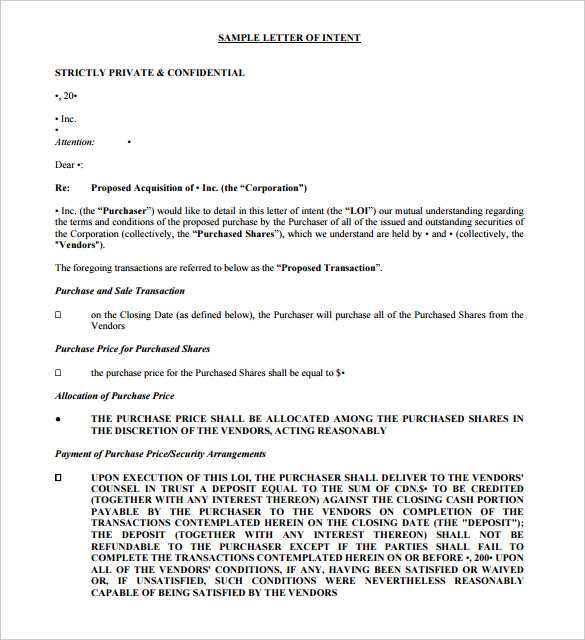
- Be Specific: When drafting your LOI, focus on providing as much detail as possible about the proposed terms to avoid ambiguity.
- Maintain Professional Tone: Even though the LOI is often non-binding, maintain a professional tone to ensure clarity and respect between the parties involved.
- Consult Legal Experts: If you’re unsure about the terms, consider seeking advice from legal professionals to ensure that the document reflects your intentions accurately.
Using this template and these guidelines, you can create a straightforward and effective letter of intent that sets the stage for your potential agreement.
Free Letter of Intent Template
How to Structure a Letter for Business Agreements
Key Components to Include in Your Free Letter
Common Mistakes to Avoid with a Letter Template
Legal Considerations When Drafting an Intent Letter
How to Customize a Free Template for Specific Purposes
When to Use an Intent Letter vs. a Formal Contract
A Letter of Intent (LOI) is a useful document in business agreements to outline the intentions of the parties involved. Structuring it clearly will help establish trust and set expectations. Here’s how to draft one efficiently.
How to Structure a Letter for Business Agreements
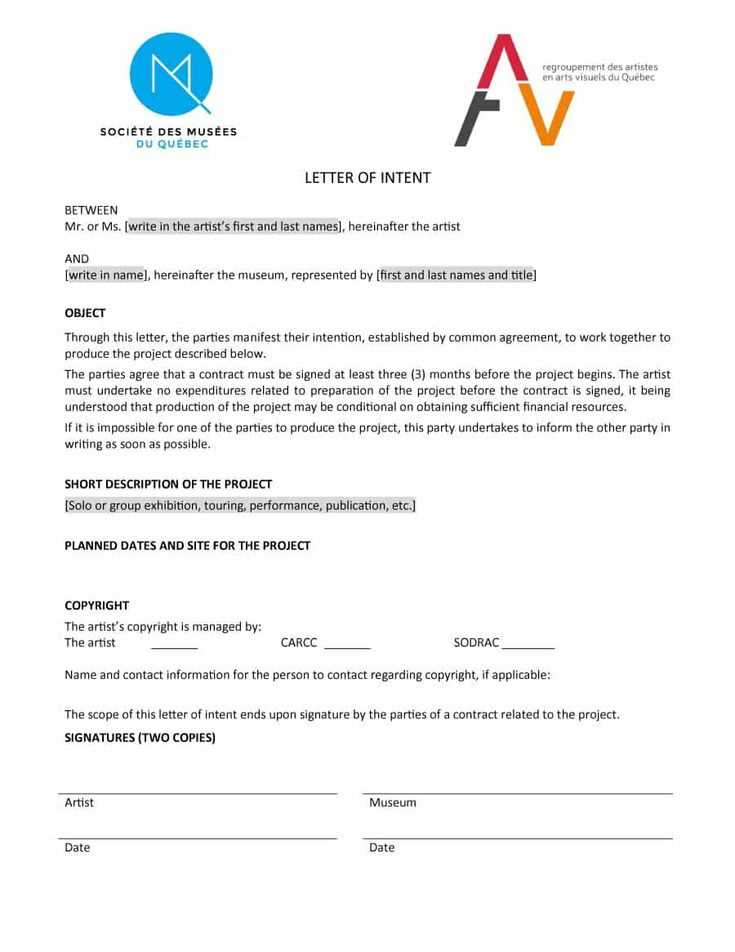
Begin with a clear introduction, stating the purpose of the letter. Ensure the recipient knows you are outlining intent, not a formal binding contract. Provide details about the parties involved and the general scope of the agreement. The body of the letter should include timelines, expectations, and any conditions that might affect the agreement. End with a call to action, such as scheduling a meeting or confirming the next steps.
Key Components to Include in Your Free Letter
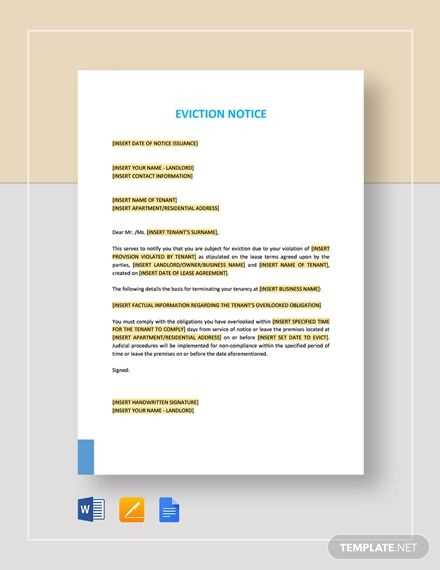
Focus on these critical points:
- Parties Involved: Identify all parties and their roles.
- Purpose: Explain the intention behind the agreement.
- Terms: Outline the primary terms and conditions without going into legal jargon.
- Timeline: Specify when the agreement or next step is expected to occur.
- Confidentiality: Mention if confidentiality applies during negotiations.
- Non-binding nature: Clearly state that the letter is not legally binding, unless otherwise specified.
These elements should be included to ensure both clarity and transparency in the document.
Common Mistakes to Avoid with a Letter Template
Avoid these common pitfalls:
- Vague language: Ensure every term is clearly defined to prevent misunderstandings.
- Excessive detail: Keep the letter concise. Leave out details that are better suited for the full contract.
- Failure to specify next steps: Always conclude with a clear path forward.
- Not indicating non-binding nature: If it’s not a legally binding contract, make sure that’s clear.
Legal Considerations When Drafting an Intent Letter
While an LOI is often non-binding, ensure it doesn’t unintentionally create a binding contract. Be cautious about including language that could imply an obligation, especially with terms like “shall” or “agree.” Always specify that the agreement is subject to further negotiation, and consider consulting a lawyer if the LOI is for a complex business transaction.
How to Customize a Free Template for Specific Purposes
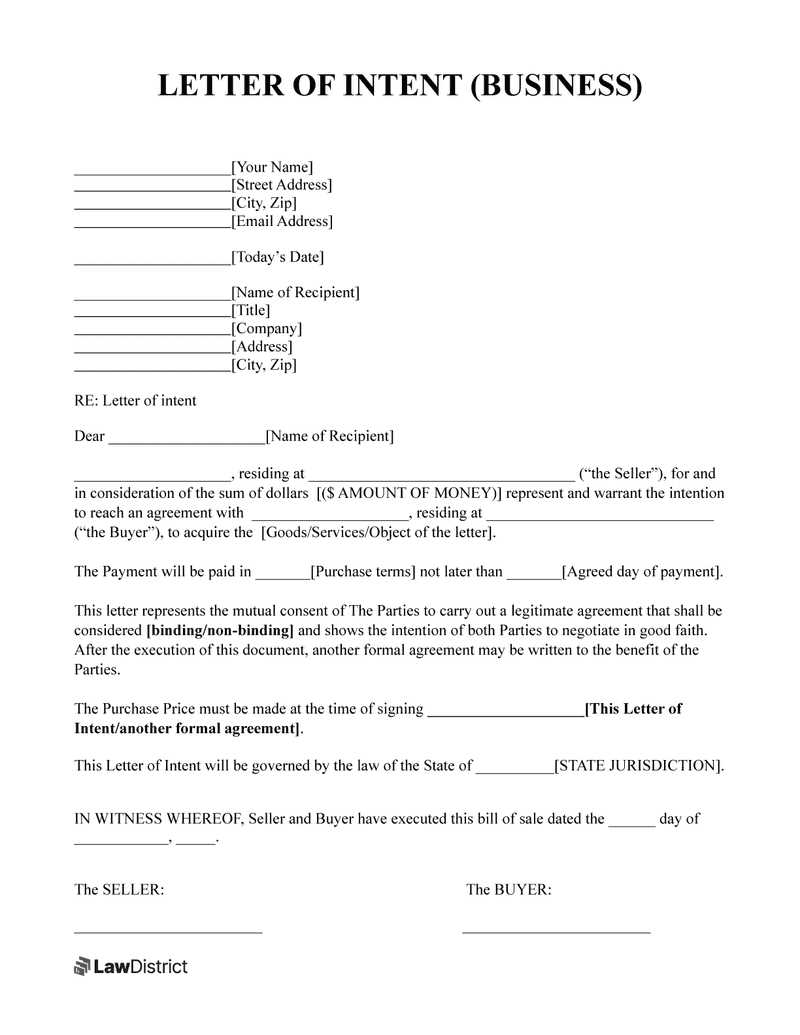
When using a free template, tailor it to your situation by adjusting the terms and scope to reflect the specific goals and agreements between the parties. Remove or add sections based on the context of the business deal. For example, if a partnership is involved, focus on roles and revenue-sharing details. Make sure to update the timeline and adjust the tone to fit the formality of the relationship.
When to Use an Intent Letter vs. a Formal Contract
An LOI is useful when parties want to express interest and outline terms before committing to a legally binding agreement. It’s appropriate when the terms are still negotiable and there’s no immediate legal obligation. In contrast, a formal contract should be used once the terms are agreed upon and the intention to enter into a legally binding agreement is clear.